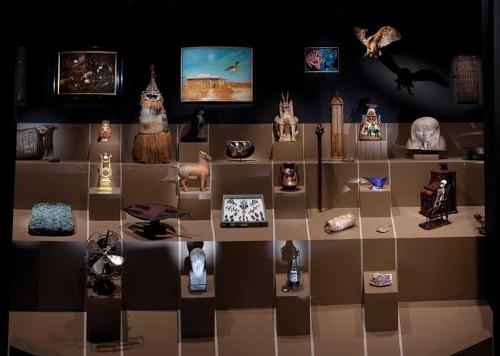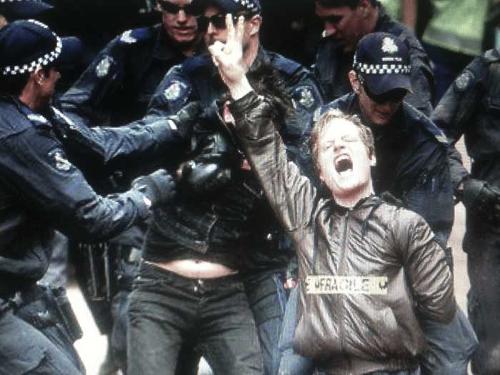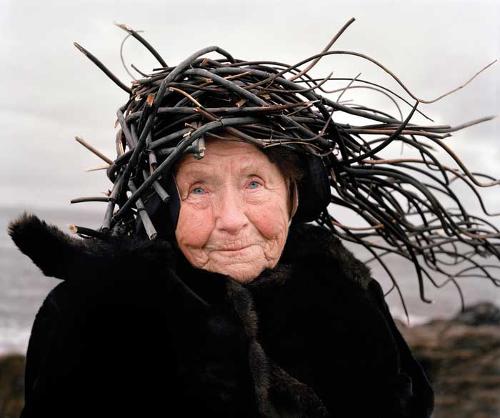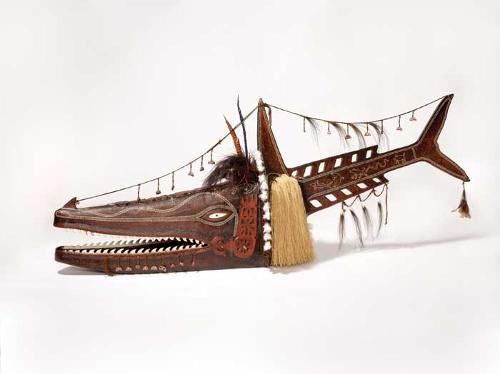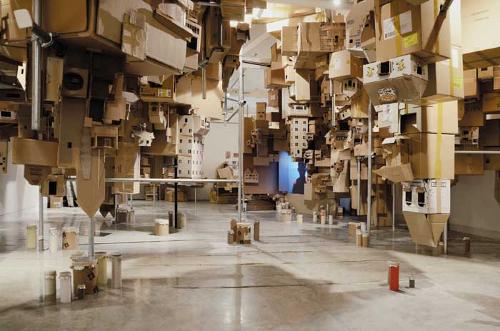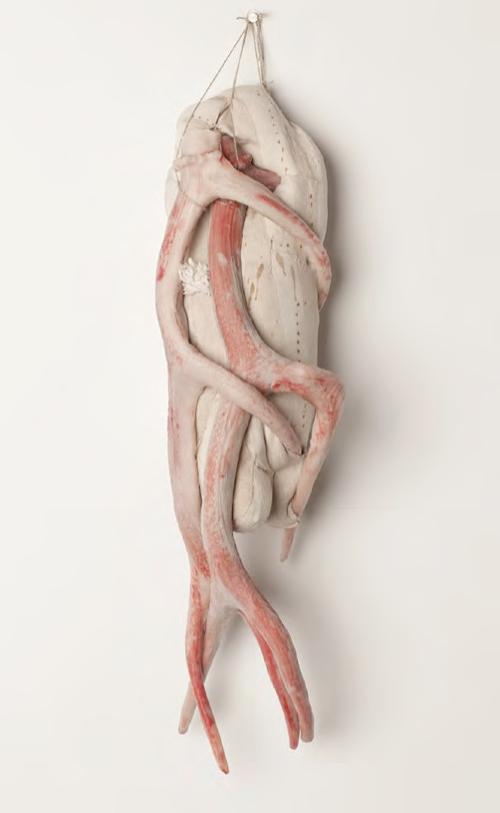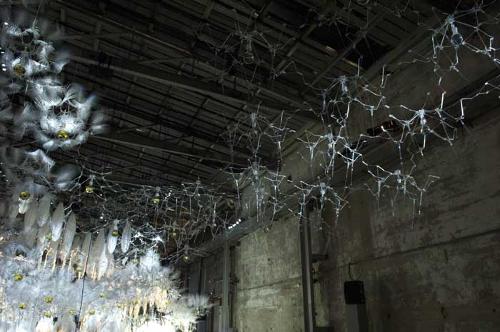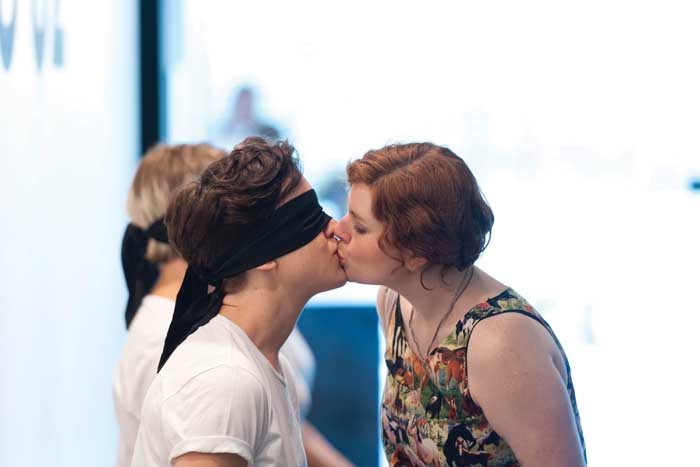
Contemporary Australia: Women is the second in the Gallery of Modern Art and Queensland Art Gallery's triennial surveys of contemporary Australian practice. Similarly to its predecessor Contemporary Australia: Optimism, this recent exhibition is a celebration. This time, Contemporary Australia aims to mark the ways in which Australian female art practice has been essential to key developments in art, both nationally and internationally over the last 40 years. Julie Ewington and her curatorial team worked with 56 female artists and collectives to explore a vast schematic perspective of female practice today.
Recently female practice has seen an upsurgence on the international exhibition circuits and practice by women has been re-explored, both within and exterior to an overarching feminist discourse. Key international exhibitions illustrate the popularity of all-female shows, for example WACK: Art and the Feminist Exhibition at MOCA, Los Angeles and Global Feminisms: New Directions in Contemporary Art at the Elizabeth A. Sackler Center for Feminist Art, New York, both in 2007 and also elles@Centrepompidou, Paris, in 2009 and locally Feminism Never Happened at the Institute of Modern Art, Brisbane, in 2010. Internationally all-female exhibitions have become an accepted framework to mark shifts in feminist discourse, but as Ewington emphasises in her catalogue text: "the agent of change is long". Despite industry progression, it is still a challenge for the exhibition curators to present a female practice survey to a broader Australian audience. In light of this it appears the challenge of Contemporary Australia: Women was to widely discuss female practice apart from a direct engagement with feminism. As Ewington states in her catalogue essay “From the start the exhibition has striven for an 'openness’. The ‘F’ word was eschewed to ensure that the exhibition was open to the broadest range of people”. Hence, the exhibition has become an avenue to present work by artists united by gender but not necessarily sharing a direct engagement with feminist discourse.
Yet it is exactly the exhibition’s ambiguous semblance which makes the show unavoidably political. The diverse scale of feminisms explored by the artists makes for a broad range of artist-inquiry, ranging from the complacent to the transgressive, thus allowing the exhibition to be accessible and available to a wide audience. After time with the show, one may notice the three categorisations or loose curatorial types of work that emerge - works by younger or more emerging artists, whose works engage in social conversations surrounding the representations of gender construct today; works by more established artists who draw subtly from the rich canonical code of feminism; and finally Indigenous artists who critically represent their important role in female practice in Australia.
It is a brave move to present female practice outside a direct feminist discourse and it is impressive to see a large institutional survey of all-female practice in Australia now. A strong point of the exhibition, and subtle example of political transgression was Embodied Acts, the opening weekend performance program. The agenda featured site-responsive performances and situations by artists like Rebecca Baumann, Brown Council, Soda_Jerk and Kate Mitchell. The artists engaged with the often-overlooked spaces in and around the Gallery of Modern Art. The combination of Embodied Acts and other public program events initiated powerful and rare institutional and community collectiveness over the opening weekend.
It seems the conversation for women across the board is still gender equality; artists like Brown Council make their mark through the ethos of “think big, take up space and be loud”. If one assumes that the desire of women artists is aligned similarly with this ideology, Contemporary Australia: Women does risk counter-productivity. In this exhibition all-female practice is presented in the context of a triennial survey exhibition as a theme “Contemporary Australia: Women”. This decision risks perpetuating female work within a purely thematic light, and hence the possibility of ‘othering’ female practice. It may not be the exhibition’s direct aim to engage with direct political action, but in regard to broader ethical transgression it may be more helpful to just assume that female practice is important today. Through presenting work by females in a normalised context it may assist in levelling broader industry inequalities and furthermore may draw more attention to the greatness of the actual work, beyond a female-themed classification.

